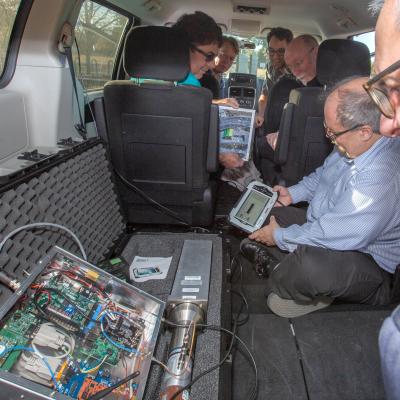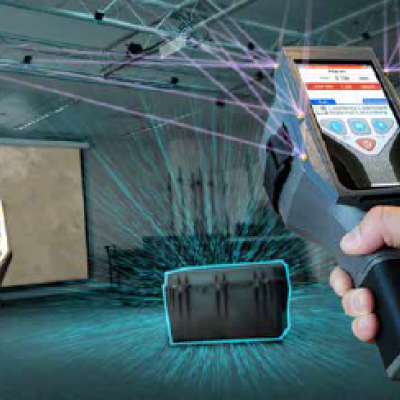To address the need for realistic and high-fidelity first responder training, a multidisciplinary team at LLNL has worked to establish the new gold standard simulator called TARANTULA (Tactical Augmented Reality Applications for Nuclear Emergency Support Team (NEST) Training using Livermore Analytics). TARANTULA is a scientifically accurate, fully functional, field-deployable simulator that…
Keywords
- Show all (97)
- Instrumentation (40)
- Sensors (14)
- Diagnostics (12)
- Therapeutics (7)
- Brain Computer Interface (BCI) (5)
- Ground Penetrating Radar (4)
- Defense Technologies (3)
- High Explosives (2)
- Rare Earth Elements (REEs) (2)
- Vaccines (2)
- Imaging Systems (1)
- Spectrometers (1)
- Synthesis and Processing (1)
- (-) National Security Forensics (2)
- (-) Polymer Electrodes (1)

To replicate the physiology and functionality of tissues and organs, LLNL has developed an in vitro device that contains 3D MEAs made from flexible polymeric probes with multiple electrodes along the body of each probe. At the end of each probe body is a specially designed hinge that allows the probe to transition from lying flat to a more upright position when actuated and then…

There are three main components to the RaFTS system: 1) the radiation detector, which can be of any type and from any manufacturer; 2) the RaFTS electronics, which produce the electronic pulses that are injected into the electronics of the radiation detector through a (to be) standardized port interface; and 3) the exercise scenario, which defines the synthetic radiation field and time-varying…


